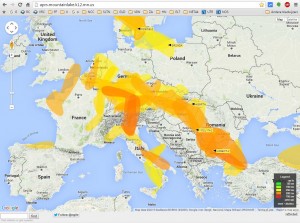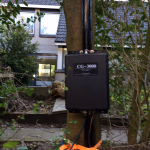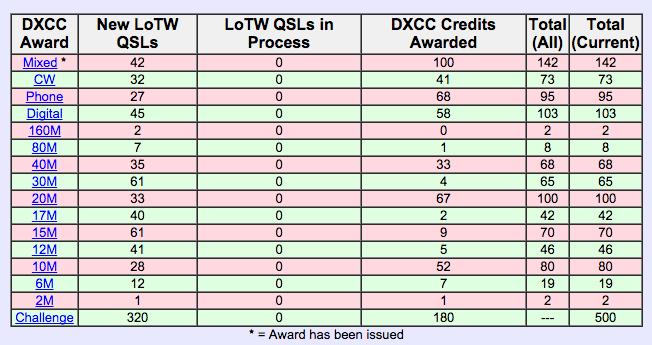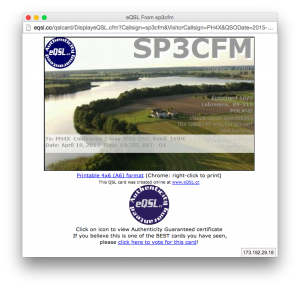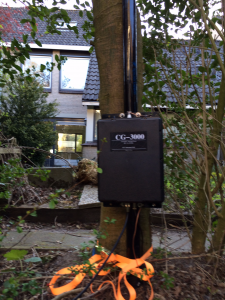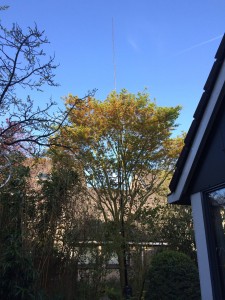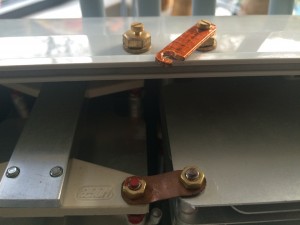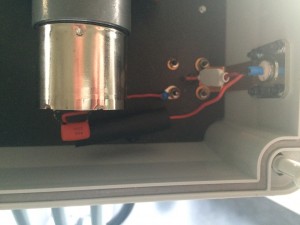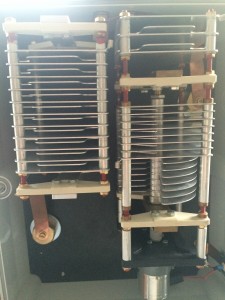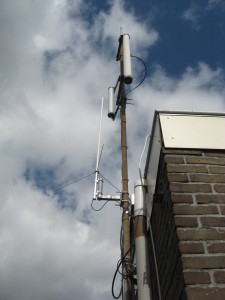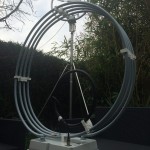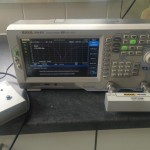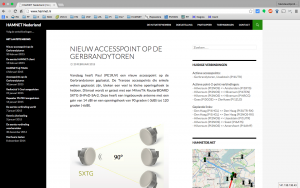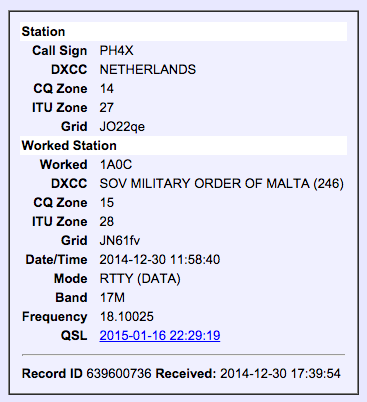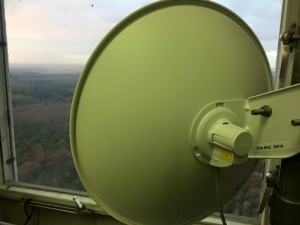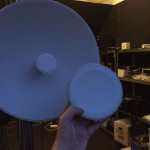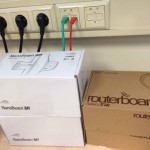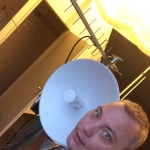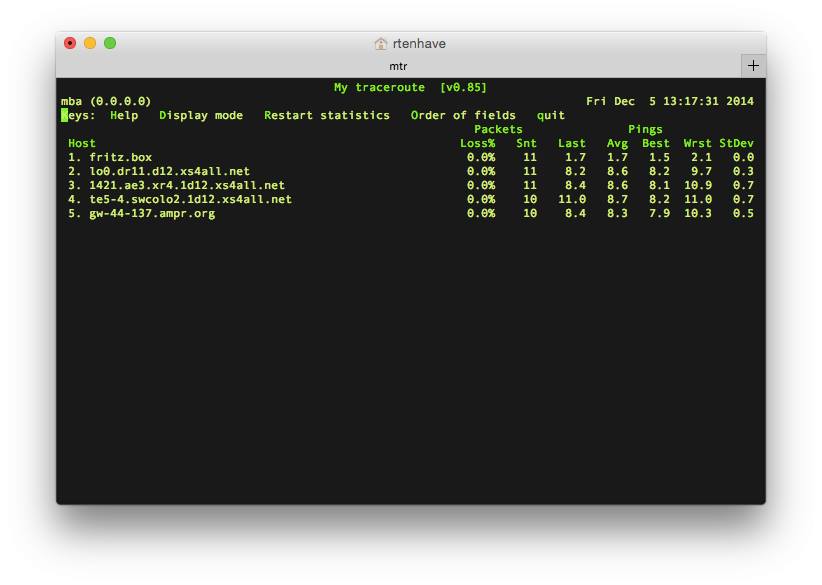The last post has been a while now. I was busy preparing the annual Balloonfoxhunt and helping Mischa (PA1OKZ) out with expanding the PI2NOS repeater system. Last week a package arrived from Hamshop, the distributor for the DV4mini USB stick in the Netherlands and Belgium. Time to start playing around…
What is the DV4mini
The DV4mini is an micro transceiver for several digimodes. In it’s current version, D-Star, DMR and System Fusion are supported. The developers are working on support for ACPO P25 in the next v1.6 version but since P25 isn’t widely used throughout Europe and I don’t have the gear to test it, no reason to test the released v1.6 beta-software. The latest supported production version is version 1.4 available here. The USB stick should have build in drivers for Windows 7 and upwards. The radio has 10 milliWatts of output power and works on UHF only.
Let’s plug it in – Windows 7 (64-bit)
According the manual, drivers for Windows 7 will be automatically installed. Unfortunately for me that was not the case. And since drivers for Windows 7 (x64) are not available as download, I had to use the XP version and ignore some errors forcing the driver to install. And yes, the Visual Studio 2013 runtime was installed as 32 bit version before… After installing the driver, the program would start up and recognise the stick.
Testing D-Star
Not tested, yet
Testing DMR
To start this test, first thing I have to mention is that the USB stick transmits on TimeSlot 2, Group 9, simplex only. So be sure to program your terminal according. I tested with the Hytera PD785G portable radio. Second thing to say is that the WorldWide (TS1-1) and domestic (TS1-204) network are not supported (yet). At this moment, only the DMRplus reflectors are supported. This had to do with the DMR backbone infrastructure where every country runs his own master server(s). You do not want every ham to connect to this network. That would bring instability to the repeaters throughout the country. Maybe later on, the Dutch DMR-master administrator is setting up a 2nd master server dedicated for DV4mini users. He’s more than willing to, but it needs to be supported by the DV4mini software to.
Testing System Fusion
Unfortunately I don’t own any Yaesu equipment supporting the C4FM System Fusion protocol. I might borrow some from one of the fellow hams at the local club to do some tests later on…
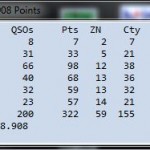 The raw scores from last months CQ-WW-DX SSB-contest are availlable. Tough I was operator at PI4AMF I also spend some hours making QSO’s from home. In total 200, QRP-assisted.
The raw scores from last months CQ-WW-DX SSB-contest are availlable. Tough I was operator at PI4AMF I also spend some hours making QSO’s from home. In total 200, QRP-assisted.
